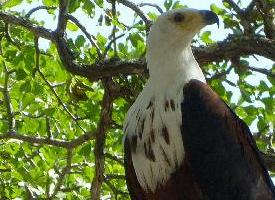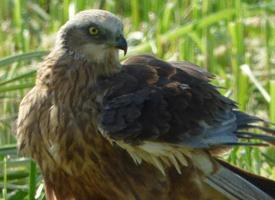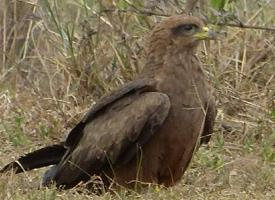
Súlyok és méretek
| Szárnyfesztávolság | 230-tól 265-ig cm |
|---|
Állatleírás
The Eurasian griffon vulture (Gyps fulvus), a majestic and formidable bird of prey, reigns supreme in the skies of Europe, North Africa, and parts of Asia. This species, belonging to the Accipitridae family, is distinguished by its impressive size, with a wingspan that can stretch up to 2.8 meters (9.2 feet), making it one of the largest birds capable of flight. The Eurasian griffon vulture's physical appearance is characterized by its powerful build, broad wings, and short tail feathers, all of which are adaptations that facilitate its soaring flight and scavenging lifestyle.The plumage of the Eurasian griffon vulture is predominantly a blend of creamy and tawny colors, with darker flight feathers that contrast strikingly against its lighter body. Its neck is surrounded by a ruff of white feathers, which is particularly prominent in adults. The bird's head and neck are almost bald, an adaptation that is thought to be hygienic, preventing the accumulation of blood and remains from its carrion diet. Its eyes are piercing, and its beak is robust and hooked, perfectly designed for tearing flesh.
Inhabiting a variety of landscapes, from arid semi-deserts to mountainous regions, the Eurasian griffon vulture prefers open, wide spaces where it can ride thermal currents effortlessly. These birds are highly social creatures, often seen in large colonies, which can include hundreds of individuals. They roost, breed, and forage together, relying on the keen eyesight of their peers to locate food sources.
Eurasian griffon vultures are obligate scavengers, with a diet that consists almost exclusively of carrion. They play a critical role in their ecosystems by disposing of dead animals, thus preventing the spread of diseases. These vultures are equipped with a highly acidic stomach that allows them to digest decaying carcasses, which could be harmful to other species. They have an exceptional sense of smell and keen eyesight, which they use to scan vast areas for food.
Breeding season brings these solitary foragers together, where they display a more tender side of their nature. They are monogamous birds, often forming long-lasting pairs. Nests are built on inaccessible cliffs or in large trees, where one to two eggs are laid. Both parents share the responsibility of incubating the eggs and feeding the chicks. The young vultures are dependent on their parents for several months before they fledge, and they may continue to receive care even after taking their first flight.
Despite their important ecological role, Eurasian griffon vultures face threats from human activities, including poisoning, habitat destruction, and collisions with wind turbines. Conservation efforts are crucial to ensure the survival of this species, which, despite facing challenges, remains classified as Least Concern by the International Union for Conservation of Nature (IUCN), thanks to successful conservation measures in some parts of their range.
The Eurasian griffon vulture is a symbol of nature's balance, embodying both the harsh realities and the interconnectedness of the natural world. These birds remind us of the importance of conservation and the need to protect the delicate ecosystems that sustain life on our planet.
Előfordulási térkép

Hasonló állatok
Új állatfotók
Top 10 állat
- Dolphin gull (Leucophaeus scoresbii)
- Diana monkey (Cercopithecus diana)
- Moustached guenon (Cercopithecus cephus)
- Galápagos tortoise (Geochelone nigra complex)
- Japanese macaque (Macaca fuscata)
- Russian tortoise (Testudo horsfieldii)
- Stone loach (Barbatula barbatula)
- Greek tortoise (Testudo graeca)
- Common flying dragon (Draco volans)
- Vendace (Coregonus albula)


